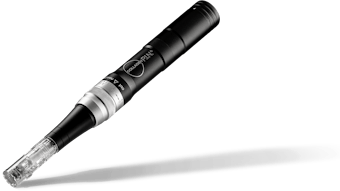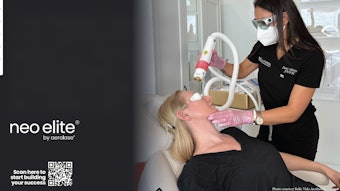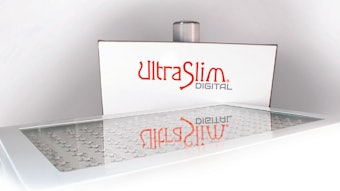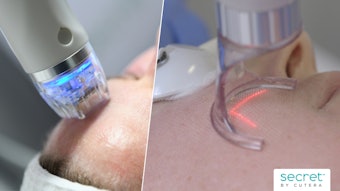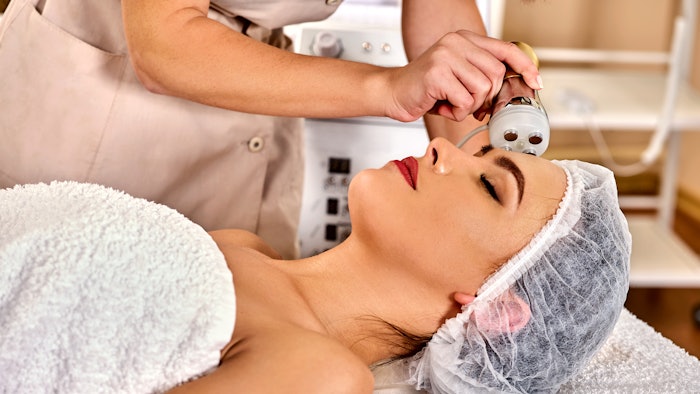
A May 2022 study published in the Journal of Ultrasound in Medicine found that high-frequency ultrasonography (HF-USG) and power doppler (PD) equipped with semi-quantitative analysis software can assess acne vulgaris quantitatively, providing an effective basis for the classification and treatment of acne.
Related: Peels vs. Lasers for Treating Acne and Pigmentation Issues
The study, led by Xuanyin Wu, M.M, and Tian'an Jiang, M.D., Ph.D., evaluated the severest acne vulgaris lesions on 105 patients referred by a dermatologist. Patients were categorized into four groups: comedones, papules, pustules and nodules/cysts. Gray-scale ultrasound was used to assess the thickness of the lesion and PD equipped with Qpack semi-quantitative analysis software was used to assess blood signals of the lesion. Ten level-4 acne patients were re-evaluated after two weeks of treatment.
Per the report, researchers observed significant differences in thickness ratio (P < .001), Qpack ratio (P < .001) and Qpack peak (P < .001) among the four groups. Of the level-4 patients re-evaluated after two weeks, there was no significant difference in thickness ratio (P = .06), but Qpack ratio and Qpack peak were significantly decreased between pre-treatment and post-treatment (both P = .01).




